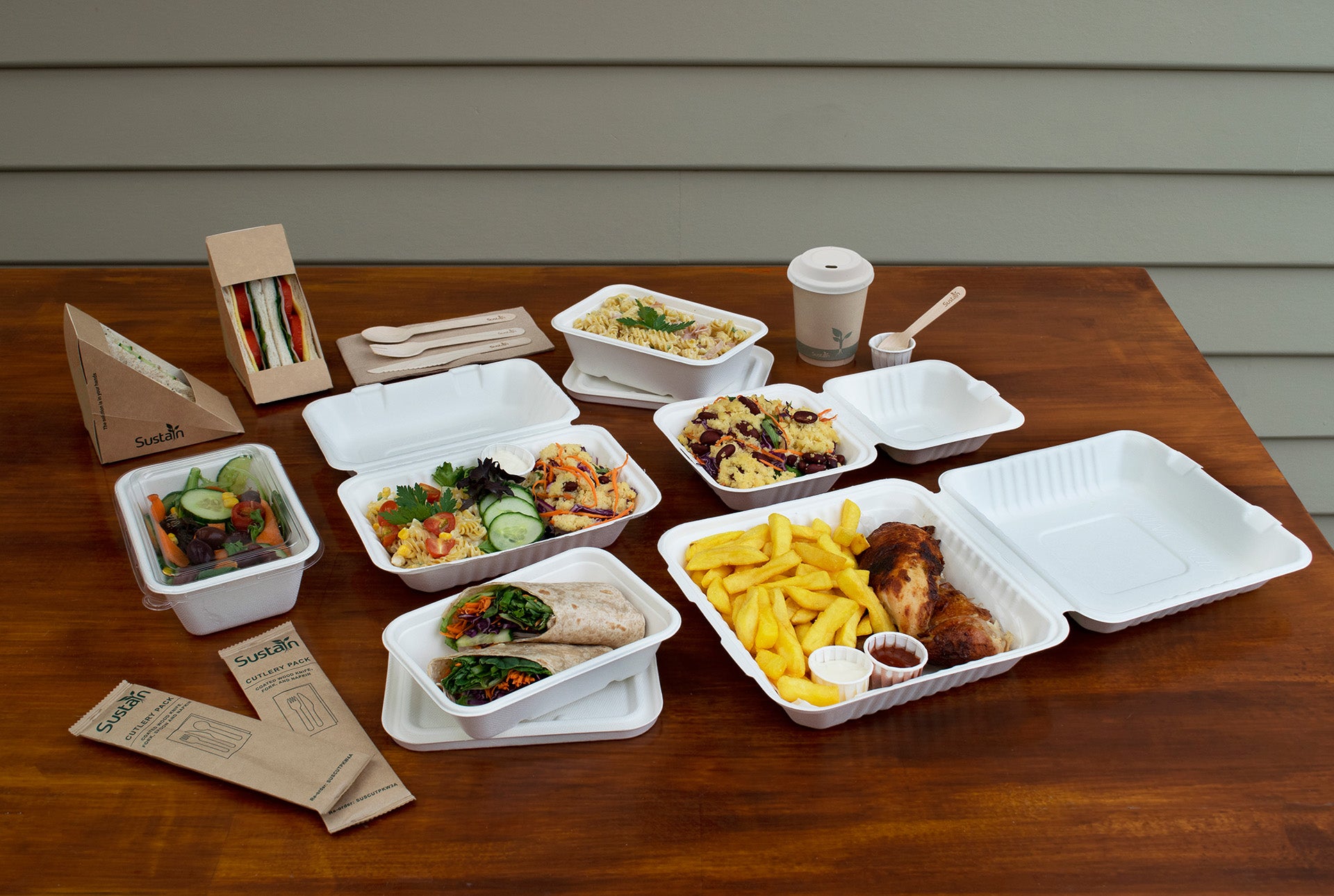Incontinence is an issue that affects roughly 5 million Australians with up to 10% of Australian men and up to 38% of Australian women managing it across the country (Continence Foundation of Australia, 2021). There are many different types of incontinence which include stress incontinence (one of the most common types), urge incontinence (often occurs alongside prostate disease), drip incontinence (can be caused by medical conditions or operations around the bladder), and pregnancy incontinence and bowel incontinence (often caused by constipation, hemorrhoids or rectal prolapse). No matter the age or gender of someone with incontinence, knowing exactly what type you are dealing with is key when it comes to choosing the right continence aids.
Absorbency Levels
One of the most important factors of incontinence aids is understanding the different absorbency levels of products. Absorbency is the amount of urine a product is able to absorb and retain without leaking. All incontinence products come in varying degrees of absorbency, so understanding your individual needs is key to navigating these levels.
For instance, when dealing with light incontinence, a liner or a pad is usually sufficient even for an active user. However, you should always check exactly what an incontinence products level of absorbency is (this can usually be found on the packaging) and be certain that it will be a sufficient level for your needs.
For moderate or heavy loss, a pull up pant will usually be more suitable as it allows for a more close fit to the body to prevent any leakage. Pull up pants (also known as briefs or slips) are also specifically designed to retain more liquid and manage any bad smells or odours. However, pull up pants come in a wide range of absorbency and will usually be targeted at urinary incontinence, bowel incontinence or double incontinence.
It's also important to choose incontinence products that will quickly absorb urine and keep the surface of the inner layer dry against the skin to avoid developing irritation or Incontinence Associated Dermatitis (IAD).
Mobility and Lifestyle Will Affect Product Choice
Mobility and lifestyle are also important factors to consider when trying to find the right incontinence product. Incontinence products with adhesive strips along each side are easier to change for those who are acting as home carer, healthcare advisors or community carers for older or immobile sufferers. For people with a more active lifestyle, pull up pants and pads may be a better choice because they are easier for an individual to change and replace without help - as well as a more discrete option for the user.
Choosing the Right Product
The main difference between a pad, pull up pant and liner is the type and leakage volume of incontinence that is being managed by these products.
Pads and Liners
When it comes to urinary incontinence, it can often be managed with either a pad or a liner depending on the severity of leakage. A liner is a thinner and smaller pad, often used for light levels of incontinence. Whereas a pad is usually thicker and will come in a wider range of absorbency levels, which makes it ideal for use with heavier types of urinary incontinence. Both liners and pads come in a wide variety of sizes and absorbency levels.
Disposable Pull Up Pants
These continence aids are specifically designed to help manage moderate to heavy forms incontinence as well as bowel incontinence and double incontinence. Incontinence products such as pull up pants should feature an anatomical design with leakage barriers and padding to prevent any odours from escaping.
Incontinence products used for bowel incontinence should have high upstanding barrier edges and extra strong elastics to hold in the stool and prevent leakages. Like pads and liners, they come in a wide variety of sizes, designs and absorbency levels to suit any individual’s needs.
Incontinence and Skin Care
Skin is very sensitive to moisture and urine, which means that people who suffer from incontinence are often at a higher risk when it comes to developing irritation, rashes, or Incontinence Associated Dermatitis (IAD). Making sure to keep an eye on the skin can stop any future skin issues from developing into more serious conditions or infections. Preventative care like the use of skin care products can also help care for and protect the skin.
Each type of incontinence can lead to different degrees of leakage, which is why it’s important to find the right incontinence products for your individual needs. Our incontinence supplies cover everything from incontinence pads, pull-up pants and mesh pants in numerous sizes and shapes to bed protection products such as absorbent under pads and protective sheets.
See our wide range of continence aids Here
Authored by Stephanie Bennett.




